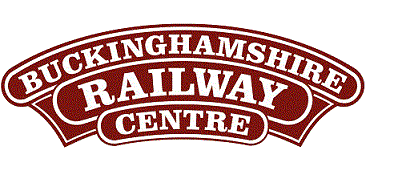
BRC Website Home
Quainton Virtual Stockbook
Rebuilt LSWR 0298 Class 2-4-0 Well Tank No. 0314
Miscellaneous Quainton Publications
The Centenary of the Beattie Well Tank at Quainton

BRC Website Home
Quainton Virtual Stockbook
Rebuilt LSWR 0298 Class 2-4-0 Well Tank No. 0314
Miscellaneous Quainton Publications
The Centenary of the Beattie Well Tank at Quainton
Restoration at Quainton
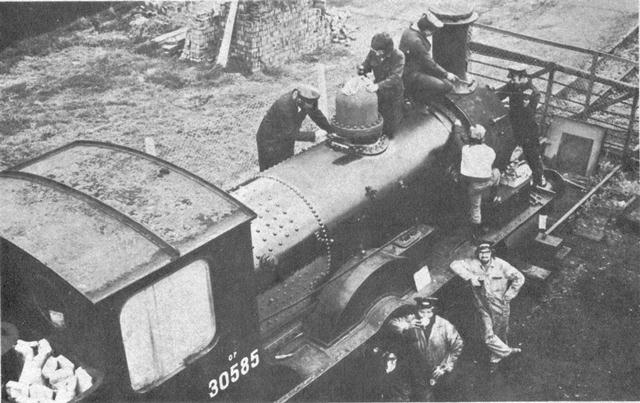
Photo: |
|
It took ten months to prepare No. 30585 for traffic after it arrived at Quainton Road, but only essential work necessary to make the engine steamable was carried out. The plan was to give visitors and enthusiasts the earliest opportunity of seeing the Beattie in action and to have more than one Society engine available for Open Days. In fact the well tank was the only Society engine available at Easter 1971! The engine was steamed for the first time at Quainton on 22nd March 1970 and its first public appearance was on 18th July. The operation of the veteran well tank gave much pleasure to lovers of the steam locomotive, but it was known that a thorough overhaul was required and it was decided to withdraw No. 30585 from service at the end of the 1972 season. At that time it was hoped to complete restoration and repainting in time for celebrations to coincide with the centenary of its construction in June 1874, but the task was too great and the problems associated with working in the open made the target unattainable. The problems encountered when dismantling a well tank were familiar to the erecting shop personnel at Eastleigh and it is a fact that the gang allotted to the stripping down were not enthusiastic when they received their orders. The reasons for this are readily understood when the job is tackled because it quickly becomes clear that Joseph Beattie had very small and wiry little men for his staff! Those members at Quainton who have worked on the engine do not need reminding that the Allen valve gear is sandwiched between the frames and the well tank, that the well tank has to be dropped vertically down until it can be removed for repairs and the springs for the three axles are located so that a contortionist is needed to release them! The major task of restoring the Beattie tank started early in 1973 when a team of members removed all the mountings, cab fitting, brake gear, side rods and motion for examination and renovation or replacement. The boiler cladding and lagging was also stripped off and the dirty job of cleaning and painting the boiler barrel externally was started. One particularly unsavoury operation was the cleaning and oiling of the copper firebox but the tasks were completed before the winter set in and the engine was lifted by jacking and packing in the late autumn. The driving axle boxes were next removed and the journals on the coupled axles examined. All these boxes needed remetalling but the journals were good. The frames were cleaned and carefully examined after the well tank had been taken out for welding repairs and the springs were disconnected and inspected. Two interesting design features were visible at this stage and both are illustrated. One picture shows the wedge adjustment for the axle boxes while the other illustrates the strengthening of the frames done at Eastleigh in 1931. The high standard of repainting will be noticed. |
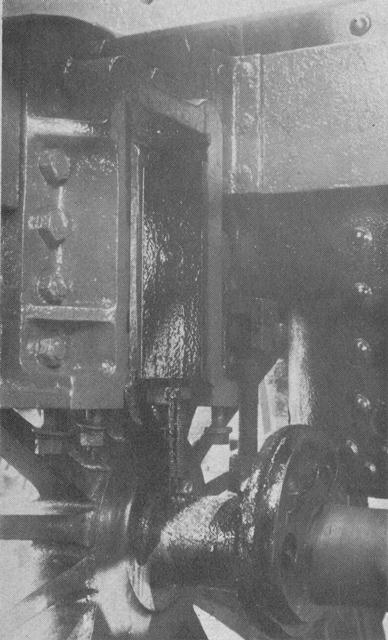
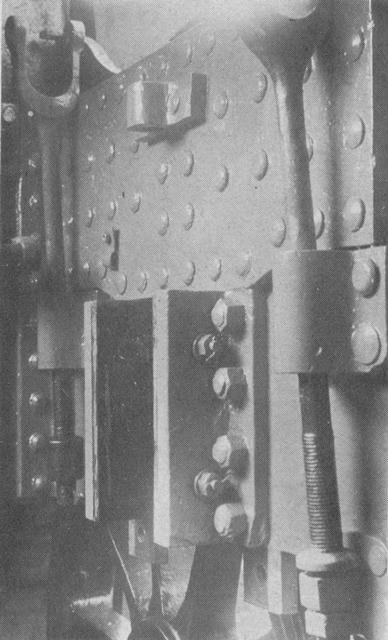
Photos: |
|
Valves and pistons were also checked and found to be in quite good order although it was necessary to renew the valve spindle bushes, and all motion was rebushed and new pins were fitted. The eccentric straps had particularly careful attention because they were a mixed set from Nos. 30585 and 30586 supplied by Nine Elms following some damage to those originally on No. 30585. Structurally the engine was found to be remarkably good order and did not require any major renewal of platework. A new ash pan was fabricated and fitted and the filler pipe for the water tanks which is located in the rear bunker was modified and renewed. The remetalling and refitting of the four driving axle boxes was entrusted to a local engineering firm, Gilberts of Leighton Buzzard, and at Easter 1975 this work was nearly completed. The members at Quainton are planning to finish the restoration of the well tank by repainting it in the Southern Railway livery of pre-war years and it will be numbered 3314. All being well the veteran Beattie tank will celebrate 101 years of service by taking visitors in vintage rolling stock on the special service run on Open Days on our Society track which extends nearly ½ mile towards Aylesbury. We like to think that Joseph Beattie would recognise his design of more than a century ago and would approve the use of this sole representative in steam in giving so much pleasure to so many people at Quainton. |
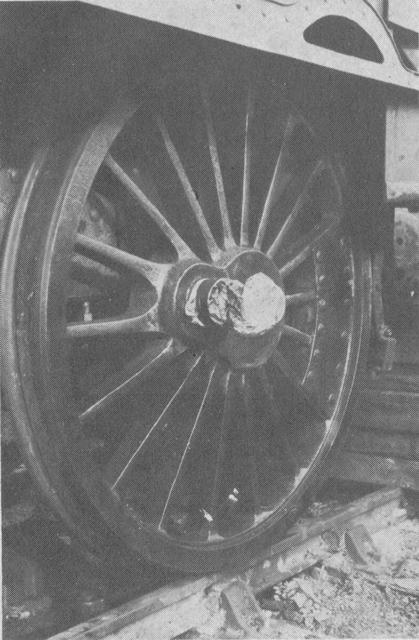
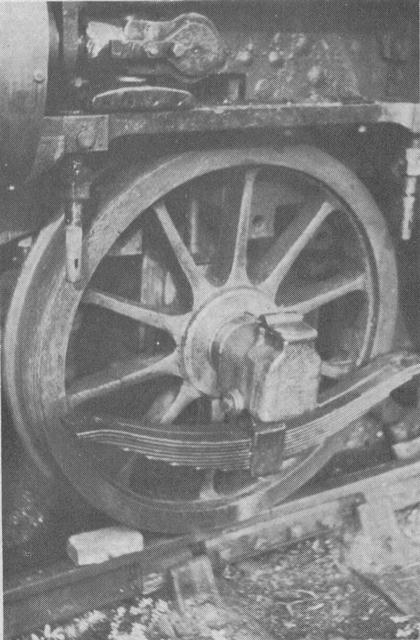
Photos: |
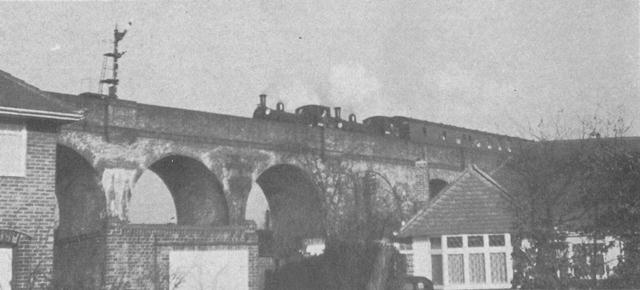
Photos: |
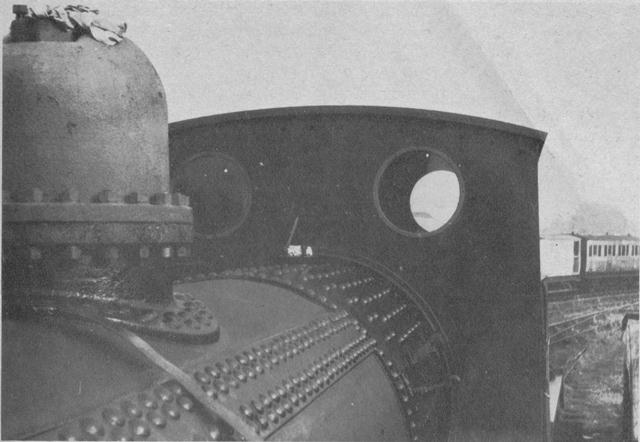
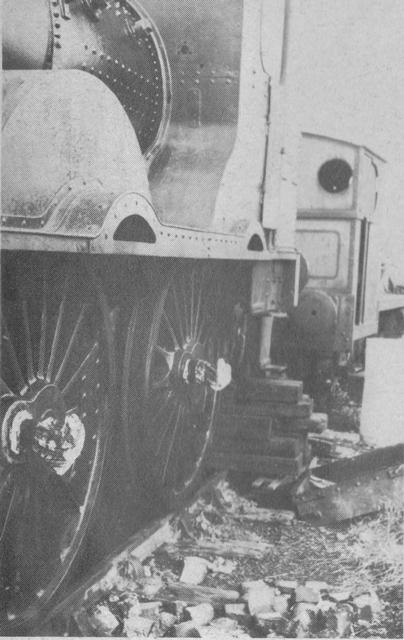
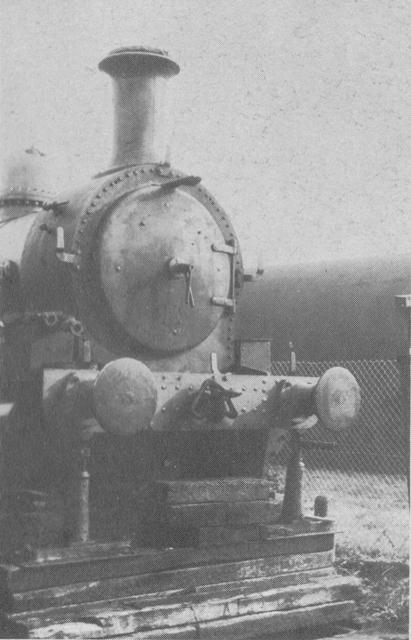
Photos: |
|
The work of restoration is made doubly difficult when normal workshop lifting facilities are not available. It was necessary to jack up the engine to remove the driving axle boxes and the well tank. In these pictures the jacking and packing operation is underway and the old ash pan has been removed (bottom left). |
|
Reference: |
|
Notes: |
Text © Quainton Railway Society / Photographs © Quainton Railway Society or referenced photographer
Email Webmaster
Page Updated: 15 October 2017